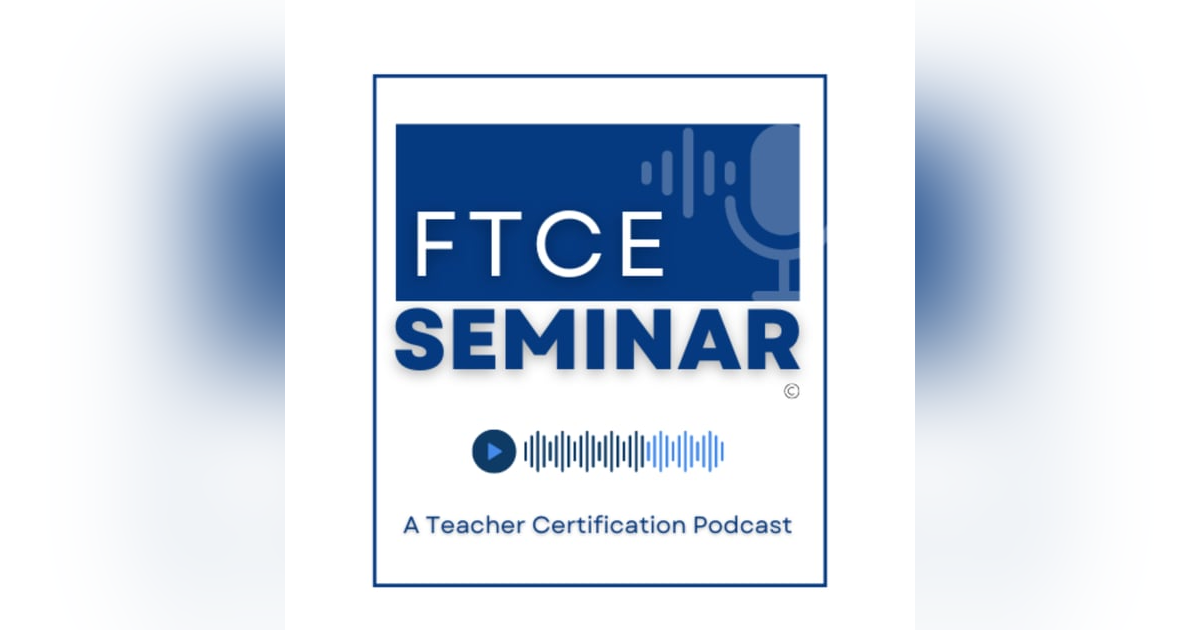Summary
In this episode of FTCE Seminar, host Mercedes Musto discusses the differences between figurative and literal language, emphasizing their roles in literary devices. She explains how figurative language enhances writing through creativity and emotional depth, while literal language conveys straightforward meaning. The episode also covers five common types of figurative language: similes, metaphors, personification, hyperbole, and illusion, providing definitions and examples for each. Understanding these concepts is crucial for interpreting texts effectively, especially for the FTCE General Knowledge Reading Subtest.
Keywords
figurative language, literal language, literary devices, similes, metaphors, personification, hyperbole, illusion, reading comprehension, teacher certification
You can subscribe to the FTCE Seminar Podcast at www.ftceseminar.com










